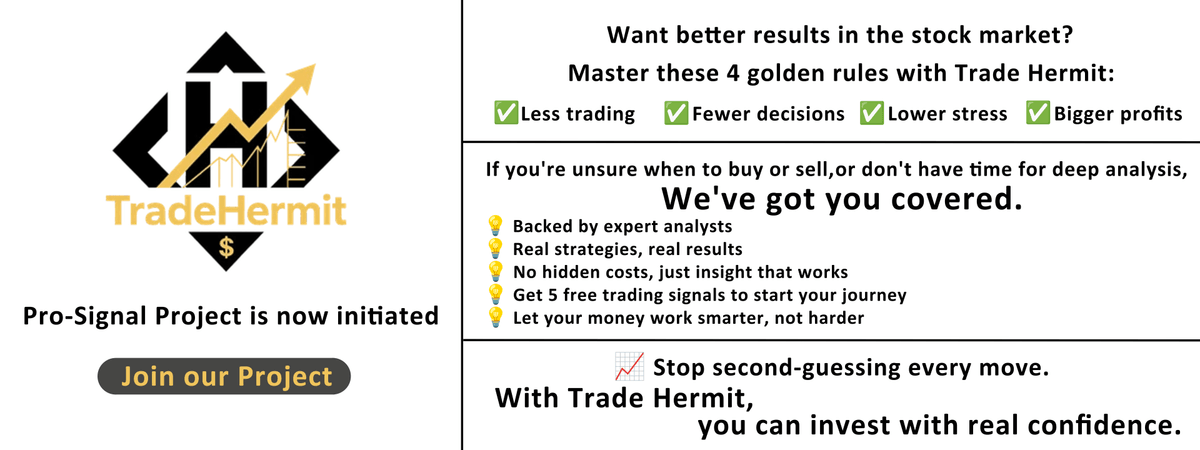On Wednesday, July 23, U.S. equities extended their "slow bull" trajectory. All three major indexes closed higher, led by the S&P 500, which marked another all-time high, while the Nasdaq rebounded modestly. Market sentiment remained broadly optimistic, driven by three key themes: the new U.S.-Japan trade deal, the unfolding earnings season, and heightened retail trading activity.
1. Index Action: Momentum Persists, But Technical Pullback Risk Grows
Among the major indexes, the S&P 500 posted the strongest performance—rising 49.29 points (+0.78%) to a new record high of 6,230.85. The Nasdaq advanced 127.33 points (+0.61%) to 21,235.42. Although the Dow Jones Industrial Average’s precise gain was not disclosed, it followed the broader upward trend.
From a technical perspective, the indexes are now significantly extended above their long-term moving averages, with the S&P's deviation suggesting a rising probability of a near-term pullback. However, the market remains underpinned by strong bullish momentum. A series of narrow-range positive sessions indicates investor reluctance to sell, with institutions continuing to raise their year-end targets (some now projecting 6,700). Any upcoming correction is likely to be a constructive consolidation—more about time than price.
2. U.S.-Japan Trade Deal: A Win-Win With Cross-Border Market Impacts
The most market-moving macro headline was the announcement of a new U.S.-Japan trade agreement:
- Tariff Reductions: U.S. import tariffs on Japanese automobiles and auto parts will drop from 25% to 15% without quota restrictions. Other categories, including semiconductors, pharmaceuticals, and agricultural products, will also enjoy a 15% uniform rate.
- Investment & Market Access: Japan committed $550 billion in direct investment, loans, and guarantees focused on the U.S. semiconductor, pharmaceutical, automotive, and AI sectors. In return, Japan will increase imports of U.S. cars and agricultural goods like rice.
Market Response:
- Japan’s Nikkei 225 surged post-announcement, with Toyota (TM) spiking over 13% intraday.
- In the U.S., auto stocks (GM, Ford), along with semiconductor and AI names, outperformed—investors interpreted the deal as a tailwind for American industrial competitiveness.
- Former President Trump claimed the U.S. would capture "90% of the profits from Japanese investment," further boosting market enthusiasm.
Looking ahead, investors are eyeing progress on U.S.-EU and U.S.-China trade talks. The temporary truce with China expires August 12. A positive outcome could act as the next major upside catalyst.
3. Earnings Spotlight: Google Steady, Tesla Struggles with Transition
Earnings season is underway, with two mega-cap tech names—Google and Tesla—reporting mixed results.
Google (Alphabet): AI and Cloud Anchor Resilient Growth
- Revenue: $96.43B (vs. $93.9B expected), +14% YoY
- EPS: $2.30 (vs. $2.17 expected)
- GAAP Net Income: $11.72B, down 16% YoY (due to a high prior-year base)
Highlights:
Search and YouTube ad revenue remained robust.
Cloud and AI (Gemini model) saw continued momentum.
CapEx accelerated; full-year 2025 spend projected at $85B, heavily tilted toward AI infrastructure.
Takeaway: Alphabet’s results reinforced its position as a “stable growth at a reasonable valuation” story. While post-market price action was volatile (initial dip, then recovery), long-term fundamentals remain attractive.
Tesla: Loss-Leading EVs, But Expanding an Ecosystem Vision
Revenue: $22.5B (-12% YoY)
Automotive: $16.66B (-16%)
Energy Storage: $2.79B (-7%)
Services & Other: $3.05B (+17%)
Net Income (GAAP): $1.172B (-16%)
EPS: $0.40 (in line)
Free Cash Flow: $146M (-89% YoY)
Strategic Update:Tesla unveiled a broader “ecosystem strategy,” positioning its vehicle as merely the entry point to a diversified offering across AI, data centers, grid-scale storage, robotics, and solar energy—an Apple-style hardware-software-services model.
Investor Sentiment: Despite weak financials, bulls focused on the high-margin potential of Tesla’s FSD (Full Self-Driving) software and scalable storage solutions. Post-market stock reaction was muted, reflecting uncertainty around the new narrative.
Want more professional investment research?
Visit our official site: www.trade-hermit.com.This content is protected by copyright and may not be reused without explicit authorization from tradehermit.
4. Retail Frenzy: WSB “YOLO Trades” Back in the Spotlight
Retail speculation surged again as meme stock trading returned via Reddit’s WSB forum. Two notable cases:
1. OpenDoor (OPEN): High Risk, High Leverage
Financials: $5.1B revenue, but $4.7B cost of sales; net loss of $0.56/share.
Meme Play: A retail trader posted a YOLO bet—480 call contracts at $3.78, targeting $310/share by August 1.
Risk: If the stock fails to rally aggressively, the trade will expire worthless.
2. GoPro (GPRO) and d.Nut (Dessert Brand)
- Traits: Penny-stock profiles ($1–$2), appealing to short-term retail speculators.
- Tactics: Extreme intraday turnover (100%+ average daily volume); prices doubled in days.
- Warning: These setups are illiquid and highly fragile—once momentum fades, sharp reversals are likely.
Reminder: These are not investments, but high-leverage gambles. While WSB boasts 19M users, most lack the risk tolerance and capital to survive a sustained downturn.
5. Market Outlook: Inflation, Fed Policy & Global Trade
The core bull thesis remains intact:
- Inflation: While tariffs are gradually feeding into consumer prices, inflation expectations are stable, allowing the Fed to stay patient.
- Rate Cuts: Investors continue to price in at least one 25bps cut in 2025, with Fed officials (e.g., Bessent) signaling confidence in a soft landing.
- Trade Dynamics: With the U.S.-Japan deal complete, potential progress on U.S.-China or U.S.-EU fronts could fuel the next leg of the rally.
That said, technical pullbacks remain a risk due to extended price-to-moving average spreads. Absent any major “black swan” (e.g., trade conflict escalation or inflation spike), the slow bull trend appears likely to persist.
Final Thoughts: Stay Rational in a Slow Bull, Avoid Meme Stock Landmines
July 23’s market action captured the full spectrum—index-level strength, macro tailwinds, and pockets of retail-driven excess.
Investment Strategy:
- Core Allocation: Focus on quality growth sectors (AI, cloud computing) and watch for dips in S&P/Nasdaq to add.
- Earnings Focus: Favor companies with strong high-margin business lines (e.g., Google’s AI, Tesla’s FSD) and healthy cash flow.
- Risk Management: Avoid highly leveraged retail trades—speculation ≠ investing.
In a slow bull market, patience, discipline, and selective positioning are the investor’s best allies.

